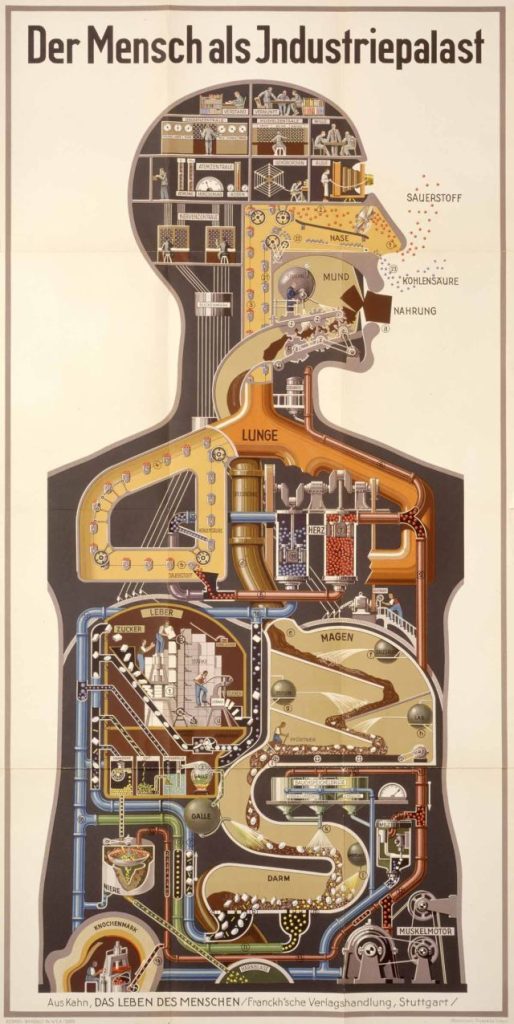Exchange with the Environment

As you likely know, humans take in food, water, and oxygen. Human cells require nutrients to use as a source of energy and as the building blocks of more complex molecules. Our cells also need oxygen in order to access most of the energy in nutrients. These chemical reactions are part of metabolism. And as you’ve learned, metabolism generates waste products that must be disposed of. The waste products of digestion and metabolism include solid waste, liquid waste, and carbon dioxide. These waste materials must be eliminated from the body to maintain homeostasis.
Both the intake of needed materials and the excretion of waste are accomplished by the transport of molecules across the cell membrane. For individual single-celled organisms, this process is fairly simple since they are in direct exchange with the environment. In multicellular organisms, however, the process is more complicated since most of our cells are not in direct contact with the “outside” environment. Because of this, we use specialized organ systems that serve as exchange zones with the environment, moving things into and out of the body to keep it functioning. The two major organ systems that exchange nutrients and waste with the environment are the digestive system (food and feces) and the respiratory system (oxygen and carbon dioxide). (The urinary system also helps with the removal of metabolic wastes that are transported in body fluids, but the “exchange” is all internal, so it will be explored further in the next section of the book, Transport of Fluids.)
As you read the chapters on the digestive and respiratory systems, keep in mind the ultimate purpose of these systems– to import materials critical to maintaining the health and functioning of our cells and to excrete materials that would cause damage should they be retained. These chapters will draw heavily on your understanding of cell transport mechanisms, so review that part of the cell chapter before you begin reading.
For your enjoyment: The intertwining of science, art, and technology: An animated and interactive installation based on the poster of the same title by Fritz Kahn from 1927. Physician, writer, and artist Fritz Kahn (1888–1968) explored the relationship between man and machine: “[they] exhibit far-reaching similarities. Both derive their energy from the combustion of carbon, which they obtain from plants. Man, the weaker machine, utilizes fresh plants for fuel, while the locomotive, a stronger machine, uses fossilized plants in the form of coal.”
https://youtube.com/watch?v=PfBaAnJ1A4s
Concept, interaction & animation: Henning M. Lederer Sound-Design: David Indge © Henning M. Lederer 2011
